Beauty exists not only in clothes, but also around us, such as home aesthetics. For modern people, the arrangement of furniture is no longer a kind of environmental decoration, but also represents the aesthetic taste of the owner. Today, Xiaobian has brought 10 aesthetic principles essential to home aesthetics.
-01 - Principle of proportion and scale Key points: Augustine once said: "beauty is the appropriate proportion of each part, plus a pleasing color." Application skill: in aesthetics, the most classic proportion distribution is the golden section. If there is no special preference for the arrangement of furniture soft decoration, it would be a very pleasing way to plan the living space with a perfect ratio of 1:0.618. Note: For example, do not place the vase or flowerpot on the window sill or the center of the French window. Left or right placement will make the visual effect more active.
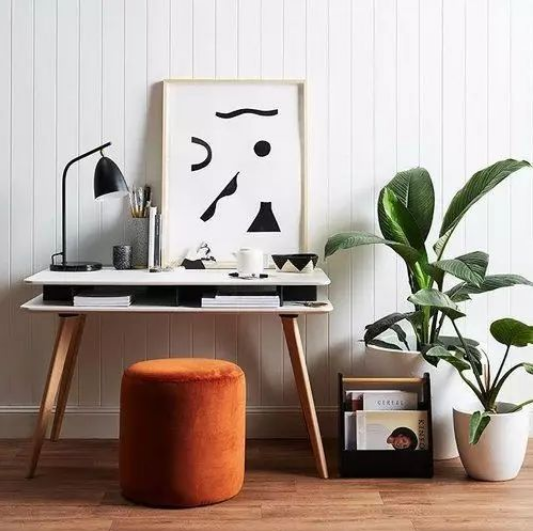
-02 Stability and Skills
Principle points: stability and lightness are the inner pursuit of the Chinese people, and belong to a rational and perceptual compatible lifestyle.
Application skill: stability is the whole, lightness is the part. For example, take blue and light gray as the main colors in the living room. Grey gives a sense of elegance. Blue breaks through the dullness of grey. All the arrangements are designed to form a perfect unity of stability and lightness. Note: If the soft decoration is too heavy, it will make people feel depressed, and if it is too light, it will make people feel frivolous and irritable. Attention should be paid to the combination of light and heavy colors, the coordination of shape and size distribution of furniture accessories, and the reasonable improvement of the overall layout- 03 Harmony and contrast
Principle points: 'contrast' is one of the forms of beauty. For example, through the contrast of light and shade, color contrast of cold and warm, material texture contrast, etc. Strive to create more levels of home style.
Reconciliation is an effective means to buffer and integrate the two sides of the comparison. Application skills: For example, the strong contrast between black and white in vision reflects the unique style of the room owner, and also increases the interest in the space. Note: If you have a unique taste and are not afraid of words, you can use strong contrast, otherwise it is better to be gentle.
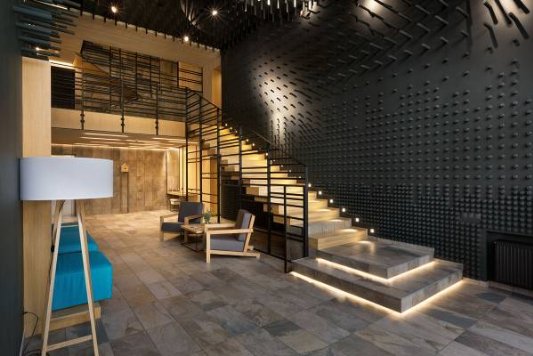
-04 Rhythm and Rhythm
Principle points: Some people say that architecture is solidified music and music is flowing architecture. Rhythm and rhythm are inseparable unity.
Application skills: Rhythm and rhythm are realized through the alternation of space and reality, the interspersed arrangement of components, and other changes. Stairs are the place where the rhythm and rhythm can best be reflected. If you want to spiral up or wind up and down, each stair can be described as a piece of music. Note: Although different rhythms and rhythms can be used in the overall decoration, do not use more than two rhythms in the same room, which will make people confused and upset.
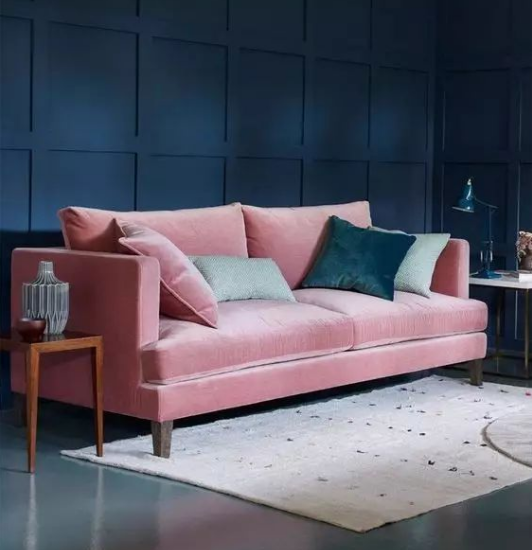
-05 Symmetry and Equilibrium
Key points of the principle: Symmetry means taking a certain point as the axis to achieve the balance of up, down, left and right. It is an aesthetic principle that people often make changes on the basis of basic symmetry in the decoration of living rooms, resulting in partial asymmetry or contrast.
Another way is to break symmetry, or narrow the scope of application of symmetry in interior decoration, so as to produce a kind of changing symmetry beauty. Application skills: For example, the flower arrangement on the table is offset at the side of the line of sight, but the extension of branches and leaves is a kind of symmetry in change, achieving visual balance in color and form. Attention: Symmetry treatment can fully satisfy people's sense of stability, and at the same time, it has a certain sense of beauty of the pattern, and try to avoid dull or even rigid feeling.
-06 - Principal and subordinate and key points
Key points of principle: In the decoration of a room, the visual center is extremely important. This visual center is the key point of the layout, otherwise the viewer will appear "visual laxity", regardless of the primary and secondary feelings.
Application skill: clearly express the master-slave relationship, that is, emphasize a certain part. One visual center is enough. In the quiet and peaceful room in the above figure, the chairs with special shapes and the simple layout around them make the whole space form a visual center with its center smoothly and naturally. Note: Too much emphasis will lead to no emphasis. All acts of supporting actors are to highlight the main character, and do not shout at the guests.
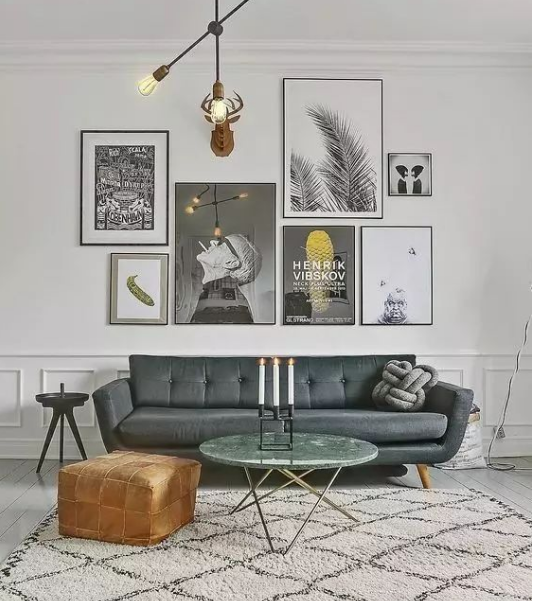
-07 Transition and echo
Principle points: It is not difficult to achieve harmony between hard and soft decoration in terms of color and style. The difficulty lies in how to make them 'connected', which requires the use of 'transition'.
The transition between body and color level is natural and ingenious, which can often achieve unexpected results. Application skills: For example, the pillow on the sofa echoes the square decorative painting on the upper left corner. Note: 'transition and echo' can increase the rich aesthetic feeling of the room, but it should not be too much, otherwise it will give people a sense of chaos and too cumbersome.

-08 Key points of the principle of analogy and association: analogy is a literary statement, which is inseparable from association in formal aesthetics. Association is the link and bridge between the things in front of us and the similar, opposite or related things we have been in contact with in the past.
Application skills: for example, if bright colors such as brown, green and white are selected in the room, together with desk chairs and hanging pictures, the overall feeling will be that this is a room for energetic young people. Note: When you use this principle to decorate your home, you must pay attention to that: analogy and association are never wild fantasies, and the space it forms should be the life atmosphere you once had or yearned for.
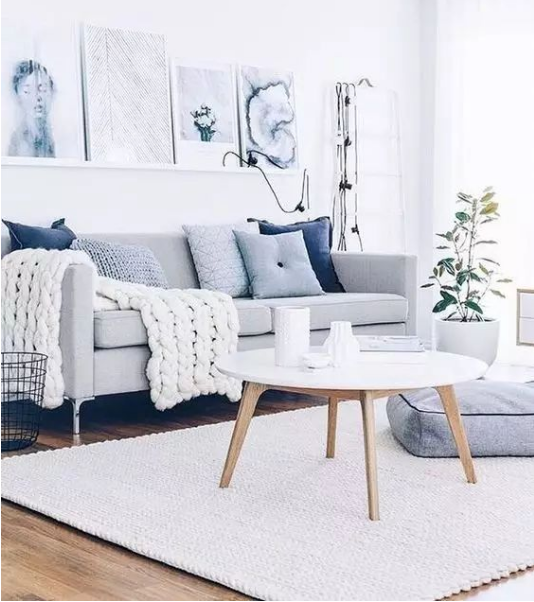
-09 Key points of the principle of unity and change: furniture should have a unified artistic style and overall charm. It is better to customize the whole set or try to select the ones with the same color, style and style, and further improve the quality of the living environment with humanistic integration.
Application skill: different space should use different color tone. Grey makes people quiet, so it is the main color of the living room; Pink embellishment presents a lively side. Note: There should be a complete plan and conception at the beginning of household layout, so that no mistakes will occur in the process; When purchasing new furniture, try to match it with the original furniture.
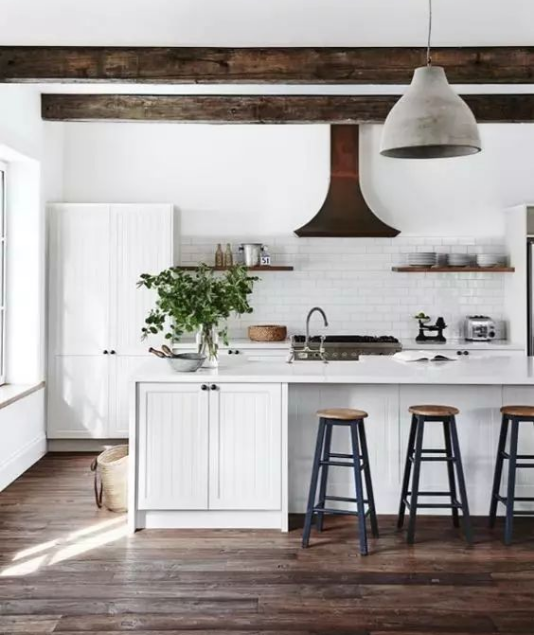
-10 - Principle of simplicity and style Key points: It is very important to consider the basic style of the room first. Once an atmosphere and a style are established, you can have an extension.
Application skills: The kitchen with log as the keynote, simple and elegant cloth art and vibrant green plants, unconsciously make people fall in love with its purity. Perhaps in people's subconscious, the trend of life always wants a simple temperament. Note: Although we should avoid stereotype, there are too many items and patterns







